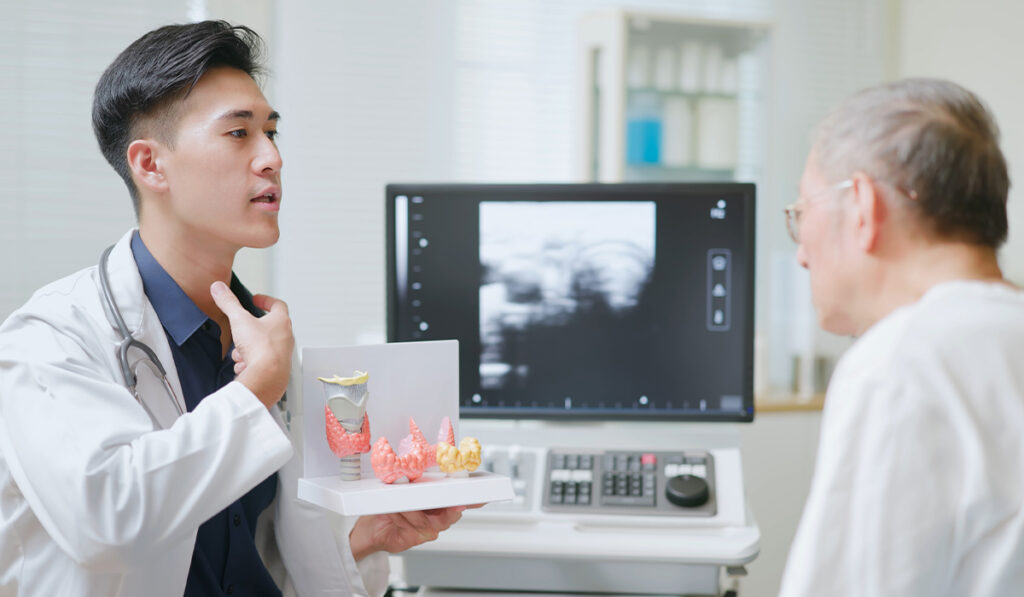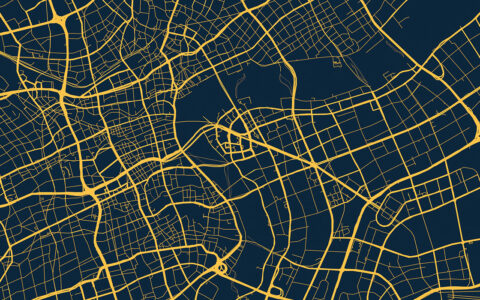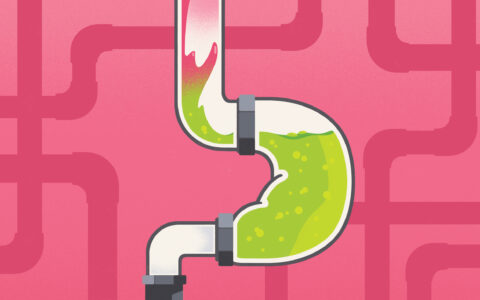Dhyanesh Patel, M.D., first published his work on a mucosal integrity (MI) testing tool for diagnosing gastroesophageal reflux disease (GERD) and eosinophilic esophagitis (EoE) in 2019.
The Vanderbilt University Medical Center gastroenterologist has since improved on that design, obtained De Novo classification from the FDA, and is following up on the initial test’s with a larger patient population via a multicenter clinical trial.
Patel’s device also is commercially available as the MiVu Mucosal Integrity Testing System, co-developed by two entities that share ownership of the device patent, VUMC and Diversatek Healthcare.
The latest design maps the entire esophagus and provides near-instant results, Patel said. But getting to this point was a long journey through which Patel remained committed, motivated by potential benefits for providers and patients alike.
“Instead of the patient going through this gauntlet of inconclusive, slow, uncomfortable tests, we asked ourselves: Can we make it simpler? Can they get the answers they need during a routine endoscopy?” Patel said.
The answer was a resounding “yes.”
“Not only are we able to diagnose and start them on a treatment plan the same day, but we can also tell them as soon as they wake up from endoscopy if their tests are normal, providing reassurance that they aren’t at significant long-term risk for complications,” the researcher explained.
Addressing a Diagnostic Gap
Inspiration for the MiVu came, in part, from VUMC’s patient population.
“As a quaternary referral center, we have a lot of patients who travel from far away,” Patel said. “Being able to do things in one visit makes a huge difference for them. If they don’t have to travel four to six hours multiple times over multiple days – just to try and get all the testing done. That can make a huge impact on someone’s experience and willingness to take the effort to get properly diagnosed.”
“Instead of the patient going through this gauntlet of inconclusive, slow, uncomfortable tests, we asked ourselves: ‘Can we make it simpler?’”
Undiagnosed GERD can lead to Barrett’s esophagus, esophageal cancer and other conditions caused by chronic reflux, such as development of scar tissue and inflammation. Undiagnosed EoE can lead to esophageal scarring and narrowing, leading to difficulty swallowing, food impaction and even malnutrition.
GERD, or chronic acid reflux, is a common gastrointestinal disorder, affecting between 18 and 27 percent of the United States population. EoE is increasing in prevalence, estimated to affect 57 people per 100,000. EoE occurs as an allergic inflammation to certain food triggers and is the top cause of swallowing difficulties among younger people.
However, traditional diagnostic tools such as trans nasal catheter-based testing and wireless ambulatory pH monitoring are often inconclusive, prone to false negatives, require repeat tests and can be associated with significant patient discomfort.
First Balloon-Based Version
Patel’s first design was a balloon-incorporated catheter system. His 2019 Gastroenterology paper details its testing among 69 patients at VUMC and the Mayo Clinic. Patel found that this balloon-based design was able to safely and effectively identify patients with GERD or EoE and rule out patients with no symptoms.
“It was a success, but with continued use, I did notice limitations in the design,” Patel said. “For example, it can only map 10 cm at once. Also, sometimes we would get liquid entrapment around the balloon that could potentially affect the readings.”
Iterating to Improve Design
Patel set out toward his next goal: a device that functioned even better and could map the entire esophagus. The solution? The MiVu Endo Cap.
“The Endo Cap allows us to put a cap on top of the endoscope,” Patel said. “It has impedance sensors and allows us to map the entire esophagus in less than 60 seconds, while the patient is still under anesthesia. It gives us live readings, including where the patient might have damage to the lining, what pathology might be present in terms of reflux vs. allergic inflammation. Additionally, it’s a little easier for the clinician to operate than the balloon model was. Fewer steps.”
Diagnostic Decision-Making
A multicenter study is currently investigating the MiVu Endo Cap as a diagnostic tool for EoE. Patel is now turning his focus to outcomes, with an eye toward new applications and possible changes to clinical decision-making and clinical care.
There are many diagnostic and treatment protocols currently in place that are built entirely around the diagnostic tools that the MiVu Endo Cap hopes to replace. Patel believes the MiVu may usher in a new paradigm and remains focused on identifying the frameworks to support that shift.
“We’re hoping this tool will change how we practice diagnosis and surveillance of these patients during endoscopy, which is hopefully not only better tolerated, but also less costly.”
“We’re hoping this tool will change how we practice diagnosis and surveillance of these patients during endoscopy, which is, hopefully, not only better tolerated but also less costly and with the convenience of instant feedback,” Patel said. “I think that’s the next generation of what we aim to accomplish.”




